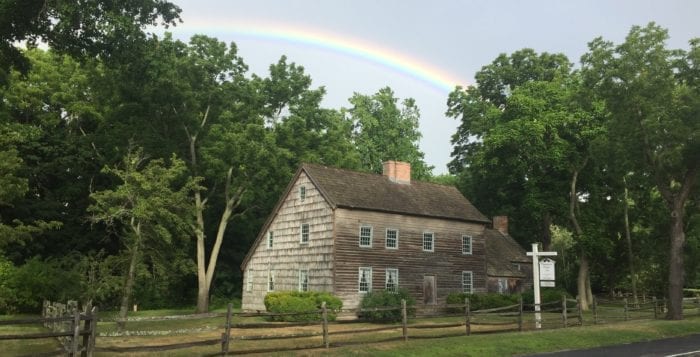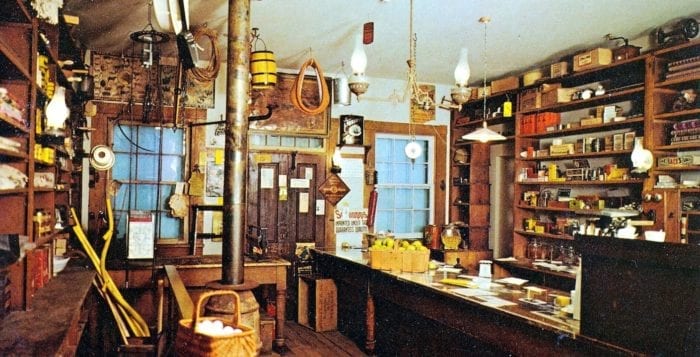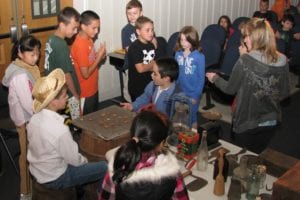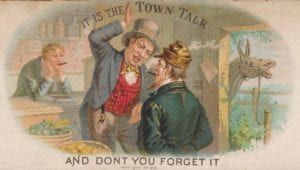The emails, text messages and calls came from all over the country. In the days leading up to Hurricane Florence’s arrival in North Carolina, friends and family shared good wishes for my family, who had moved to the Tar Heel State during the summer.
Preparing for the storm, we were under the impression that we were leaving the typical path of hurricanes when we moved this far west to Charlotte, which is more than 200 miles from the coast.
As the tone and urgency to prepare for the hurricane from meteorologists and politicians reached a peak, people lined up outside supermarkets, waiting to park their cars and navigate their overflowing carts through crowded aisles for their list of must-haves.
Clearly, water and bread were on every list, as the shelves at the 24-hour supermarket didn’t have a drop of bottled water. The only remaining bread was a cranberry concoction that sat on an otherwise bare shelf, examined closely perhaps by a desperate shopper and discarded at a rakish angle, a lone bread crumb telling the tale of the hurricane hurry.
Gas stations brought the same crowds, as drivers were as anxious as they would be on Long Island to gather fuel before trucks might be delayed and gas lines could grow.
People often referred to 1989, when Hurricane Hugo ripped through Charlotte.
Two days before the hurricane reached the area, the public schools closed despite the clear skies and the relatively calm winds. Several of the schools transformed into shelters for residents of the city and for those fleeing from points further east.
The day before the storm, a local bank teller told me about a nearby store that received a new water shipment. The parking lot for this rare find was as empty as the shelves were full of fresh water.
On the day of the hurricane, the forecast for the area called for squalls and heavy rains through much of the day. We stared outside, judging how far the trees bent over and how hard the sheets of rain were blown into our windows. Did we dare go out, especially when we didn’t know areas of local flooding all that well?
I called the local bagel store, where the man who answered the phone said the store planned to remain open through the afternoon.
We looked at trees that provide shade for us in a typical day and are homes for all manner of songbirds to see if we could figure out which of our arboreal friends were the most dangerous — and vulnerable — in the storm.
Eager to get fresh food and to leave the house before it was impossible, we drove around a few downed branches to the store, where we made the mistake of shopping when we were hungry and in provision mode.
When our teenage children awoke, we triumphantly presented the food. They seemed mildly impressed.
We still had electricity until Sunday afternoon, up until the time when we learned that schools would be closed for another day, as trees were removed from the area and power companies restored energy.
The calls and emails from outside the state continued to come in, as supportive friends continued to check to see how we were doing.
Even as other areas of the state dealt with unprecedented flooding, strong winds and tornadoes, we considered ourselves fortunate only to have lost a few trees and power for a day.
As with the response to Hurricane Sandy, our new neighbors in Charlotte offered advice. We may have moved to a fresh environment, but we were heartened by the support from up close and afar in the face of nature’s fury.






















